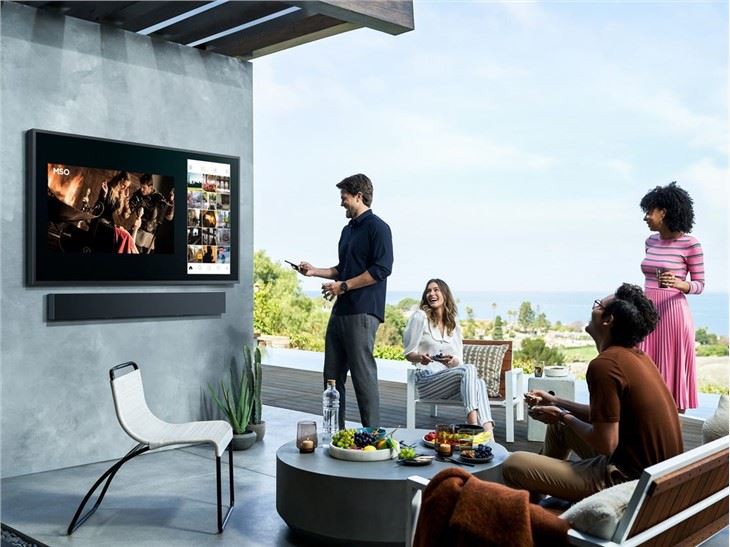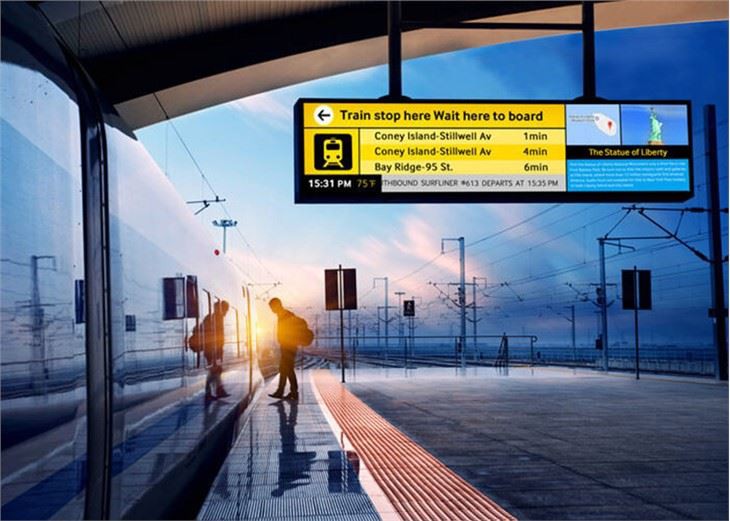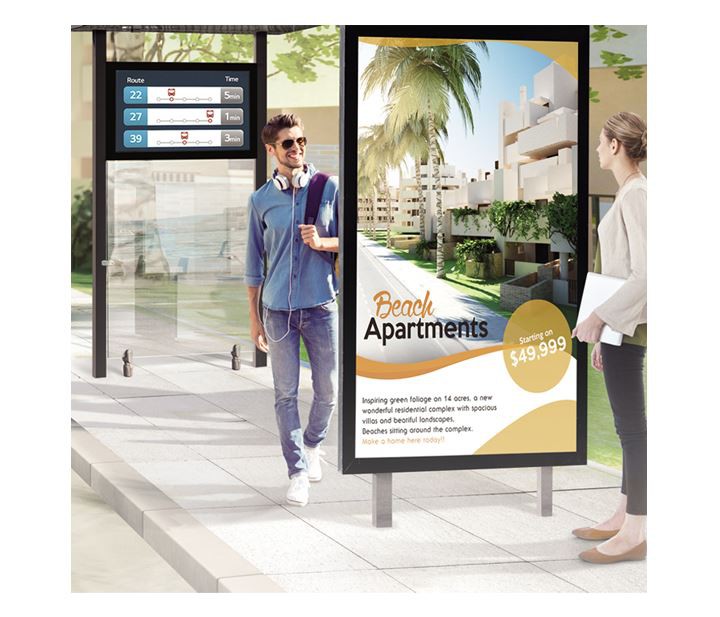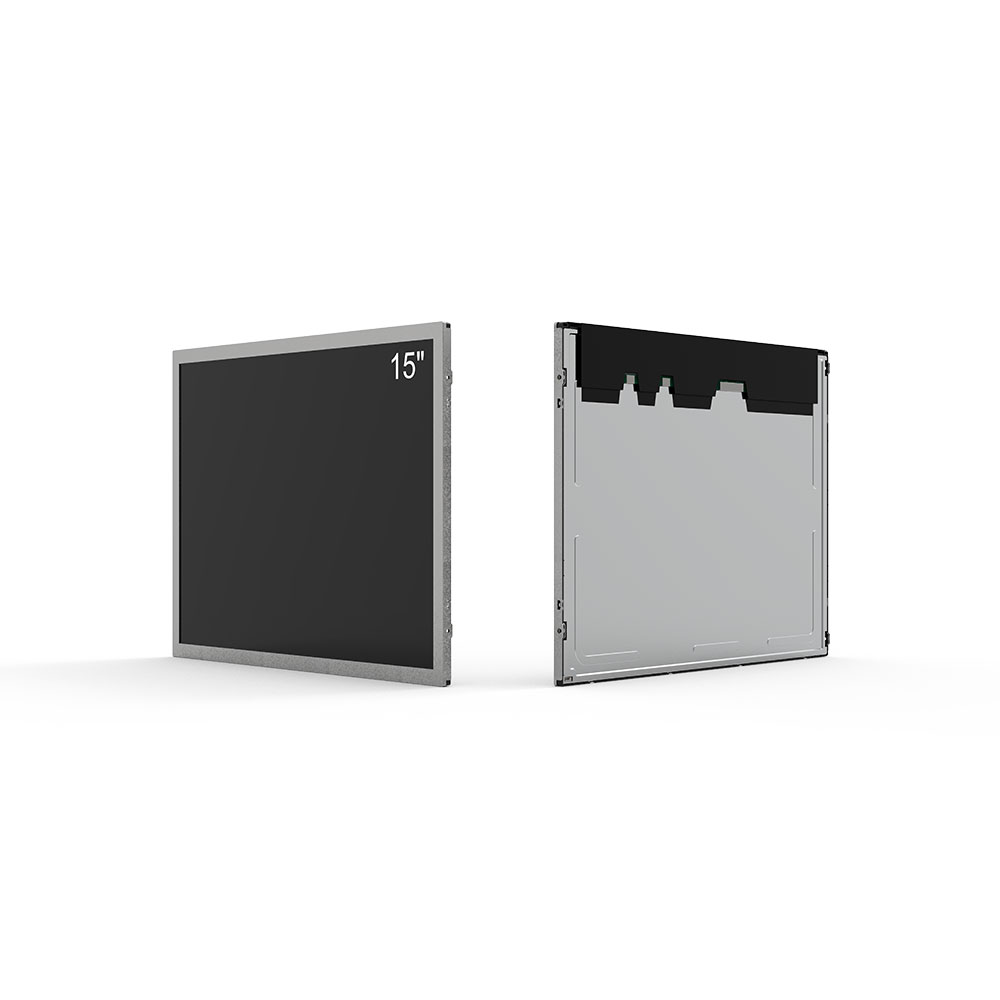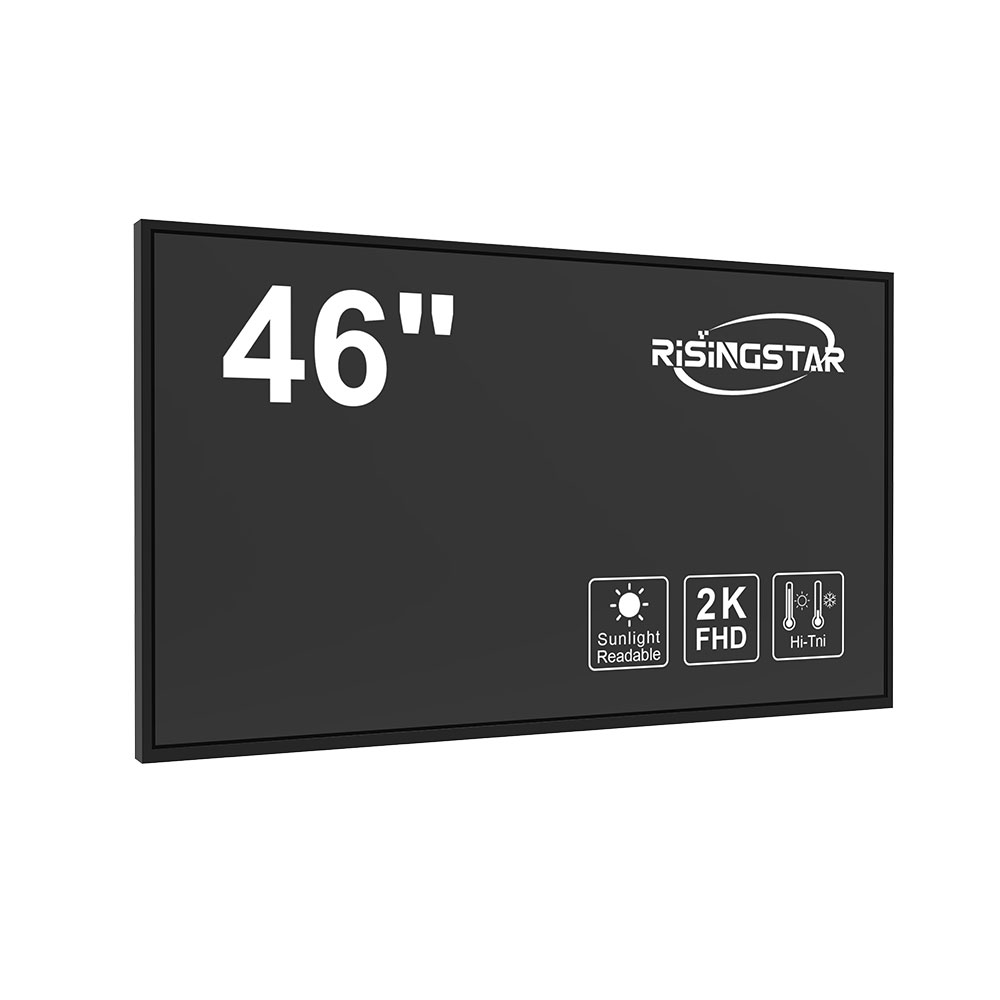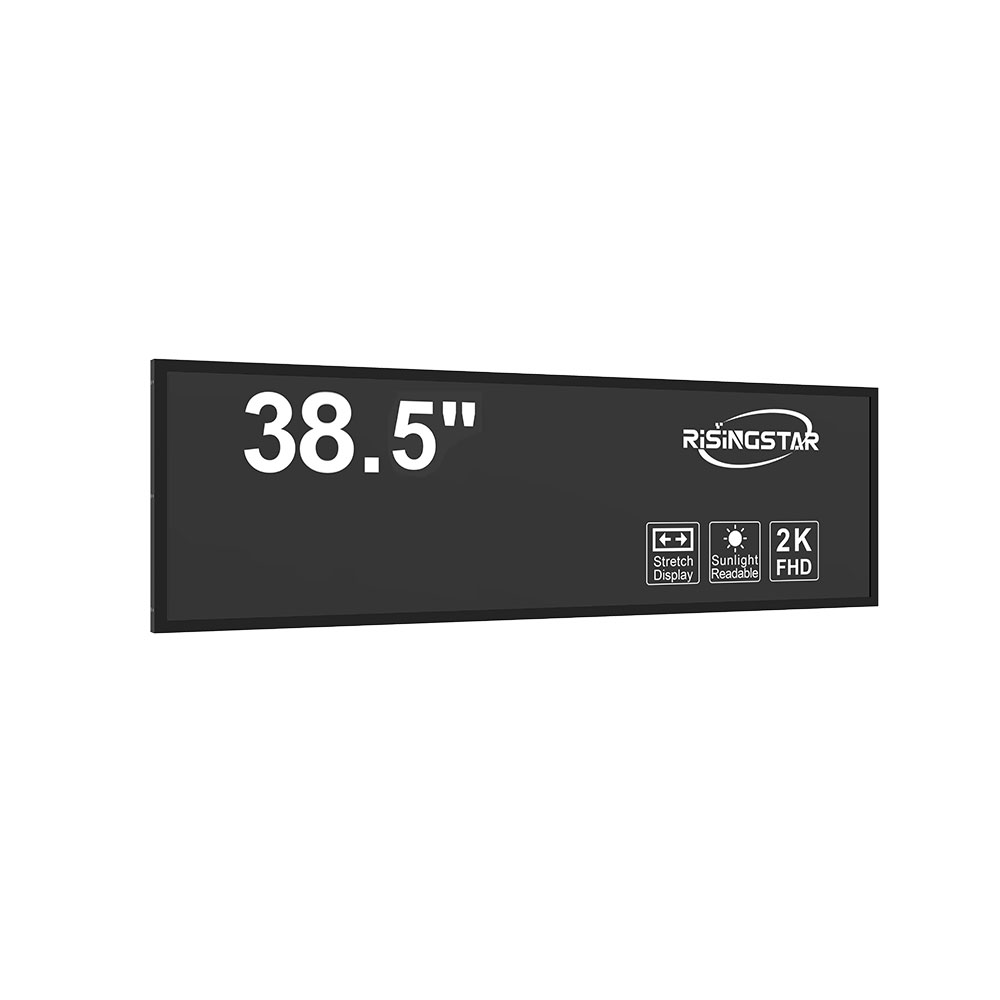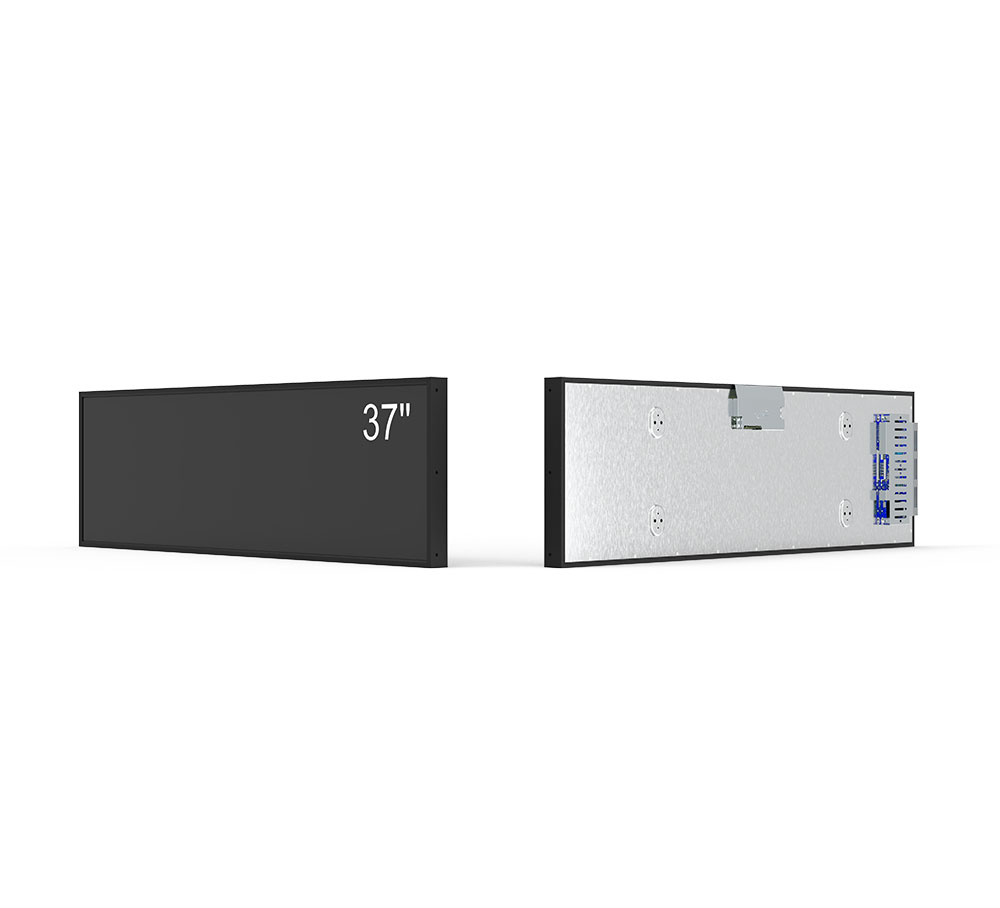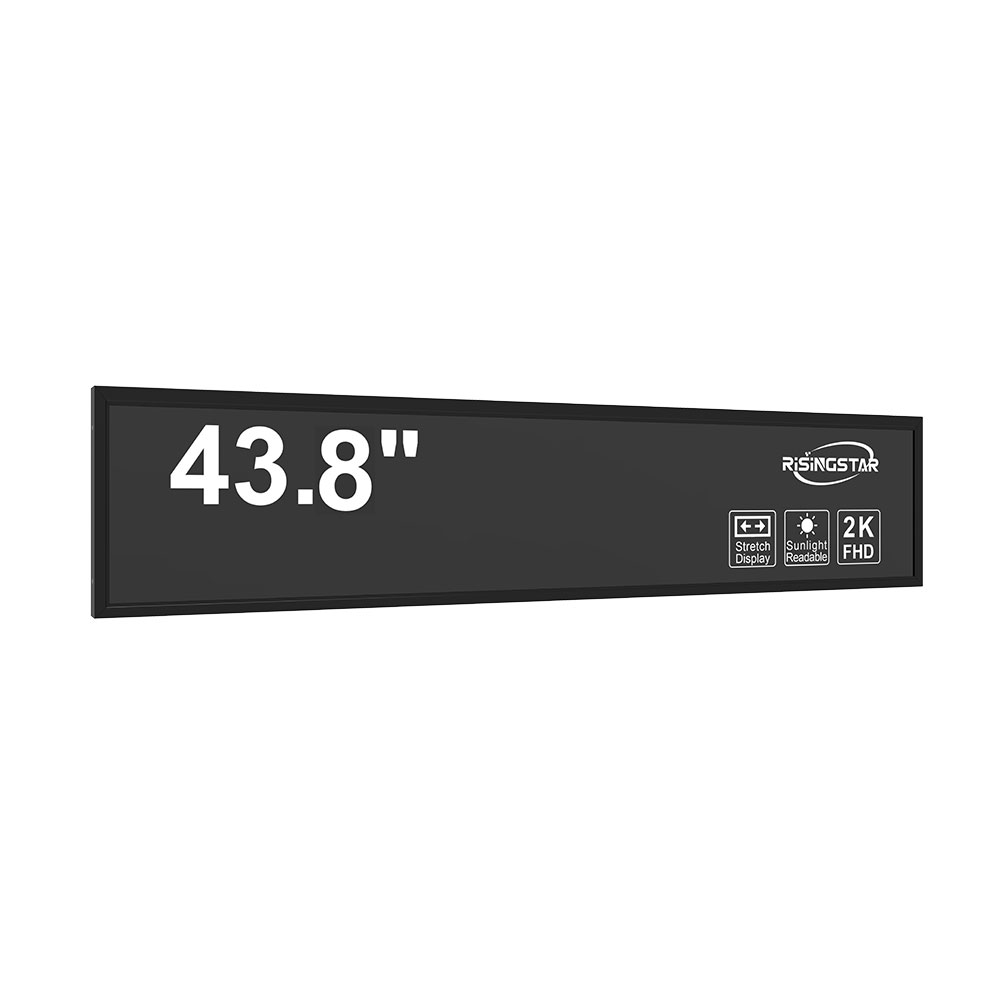In modern urban environments, passenger information displays (PIDs) have become a cornerstone of efficient public transportation systems. These digital signage solutions—particularly outdoor high-brightness LCDs—are transforming how transit authorities communicate real-time data to passengers. Whether on bus stops, train platforms, or airport terminals, these displays provide critical updates on schedules, delays, route changes, and safety alerts, ensuring that travelers stay informed in dynamic conditions.
The evolution of PID technology has been driven by increasing demand for transparency, reliability, and accessibility in public transport. According to the International Association of Public Transport (UITP), over 70% of major cities worldwide now use some form of digital passenger information system. The key differentiator in today’s deployments is not just the presence of screens but their ability to perform reliably under harsh outdoor conditions—extreme temperatures, direct sunlight, humidity, and physical vibrations. This is where outdoor high-brightness LCD displays excel.
Outdoor high-brightness LCDs typically feature luminance levels ranging from 5,000 to 10,000 nits—far exceeding standard indoor displays (which usually operate at 300–500 nits). This brightness ensures visibility even under direct sunlight, a crucial factor for effectiveness during peak hours when commuters are often exposed to bright daylight. For example, a case study conducted by Siemens Mobility in London found that bus stop displays with 7,000-nit brightness improved passenger comprehension by 42% compared to older 3,000-nit models.
Beyond brightness, robust design elements such as IP65 or higher ingress protection ratings ensure resistance to dust and water splashes—a common concern in urban transit settings. Additionally, these screens incorporate anti-glare coatings, wide viewing angles (up to 178°), and ruggedized casings made from aluminum or polycarbonate to withstand vandalism and weather extremes. A report from the U.S. Department of Transportation highlights that cities like Chicago and Singapore have adopted such hardened display units across their metro networks, reducing maintenance costs by up to 30% annually.
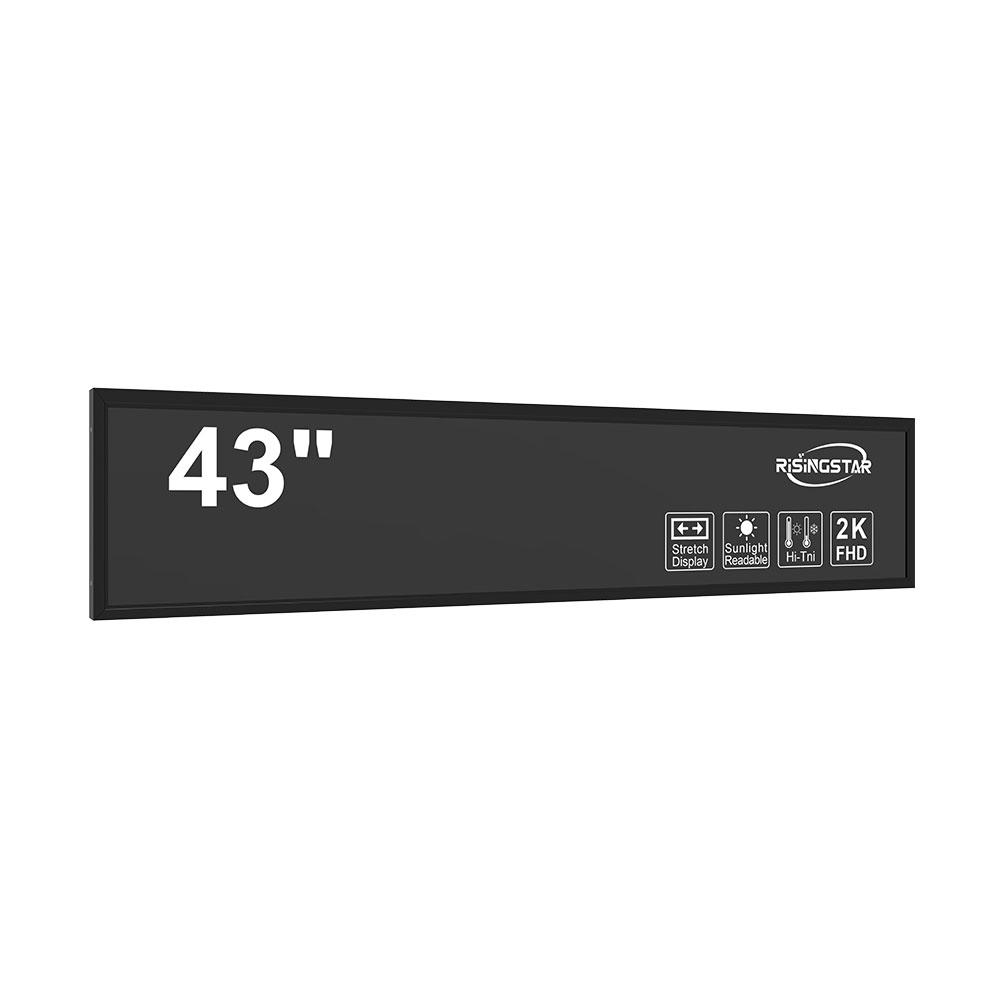
From a technical standpoint, modern PIDs integrate seamlessly with backend systems such as GPS-based vehicle tracking, cloud-based content management software, and IoT sensors. This allows for real-time synchronization of arrival times, crowd density indicators, and emergency notifications. For instance, the Hong Kong MTR uses an AI-driven PID network that analyzes historical data and live inputs to predict delays and proactively inform passengers via multilingual messages—an approach shown to reduce customer complaints by 25% according to a 2023 McKinsey analysis.
Moreover, accessibility compliance is a growing priority. Many jurisdictions now mandate ADA-compliant features such as screen reader compatibility, high-contrast text, and tactile buttons for visually impaired users. In Europe, the European Commission’s Directive 2019/882 explicitly requires public transport operators to provide accessible information services. As a result, leading manufacturers like LG, Samsung, and Sharp now offer certified accessible PID solutions tailored for inclusive mobility.
Energy efficiency is another significant advancement. Modern outdoor LCDs utilize LED backlighting instead of CCFL technology, resulting in power consumption reductions of up to 40%. Some models also support solar power integration through built-in photovoltaic panels—a feature increasingly adopted in sustainable transit projects like the Bus Rapid Transit (BRT) system in Curitiba, Brazil, where solar-powered displays have reduced carbon emissions by 12 metric tons per year.
Case studies further underscore the impact of well-designed PIDs. In Tokyo, the Metropolitan Transportation Authority deployed 1,200 outdoor high-brightness LCDs across its subway stations, integrating them with facial recognition for automated ticket validation and crowd flow optimization. Post-deployment evaluations showed a 19% increase in on-time performance and a 31% improvement in rider satisfaction scores. Similarly, New York City’s MTA implemented smart PIDs at key subway hubs using predictive analytics, which helped reduce average wait times by 14 minutes during rush hour.
From a business perspective, investing in advanced PIDs pays off beyond operational efficiency—it enhances brand reputation and fosters trust. A survey by Deloitte revealed that 68% of passengers rate a transit agency’s service quality based on the clarity and timeliness of information provided. Furthermore, revenue opportunities arise from advertising partnerships; many systems now support dynamic ad insertion, generating additional income without compromising core functions.
Looking ahead, future innovations will focus on interactivity, personalization, and edge computing. Emerging technologies like QR code integration, mobile app syncing, and voice-enabled navigation are already being piloted in cities like Seoul and Amsterdam. Edge AI processors embedded within displays allow for localized decision-making—such as adjusting message priority based on current foot traffic—without relying on constant cloud connectivity.
In conclusion, outdoor high-brightness LCD passenger information displays are no longer optional—they are essential infrastructure for 21st-century public transportation. Their role extends beyond simple messaging to encompass real-time intelligence, user-centric design, sustainability, and economic value. As cities continue to grow denser and more complex, intelligent PIDs will remain at the forefront of creating seamless, equitable, and resilient transit experiences worldwide.



